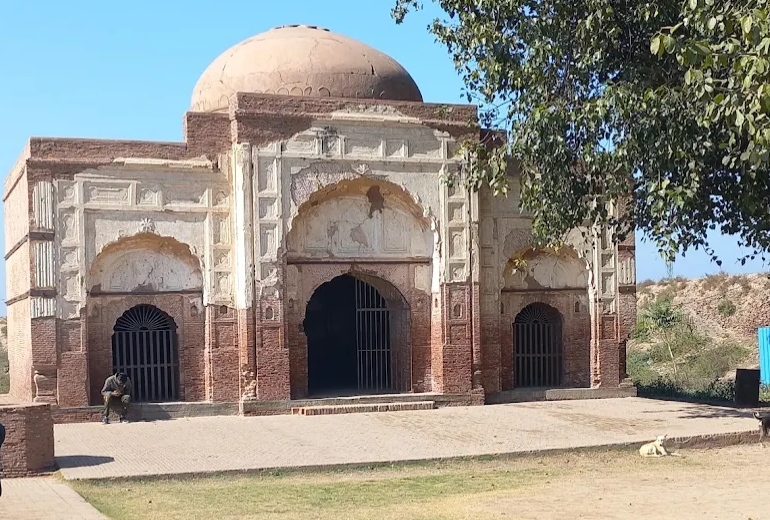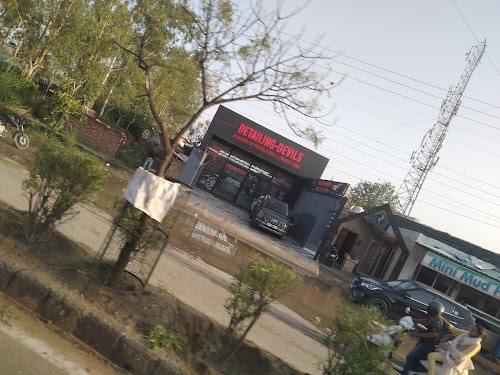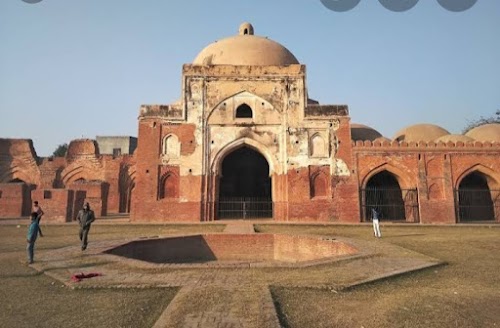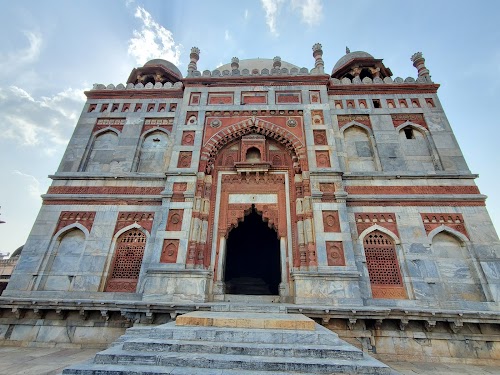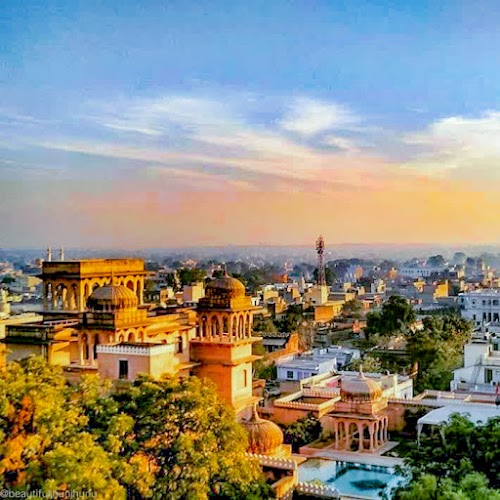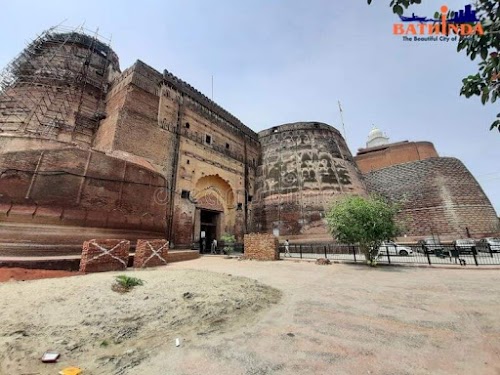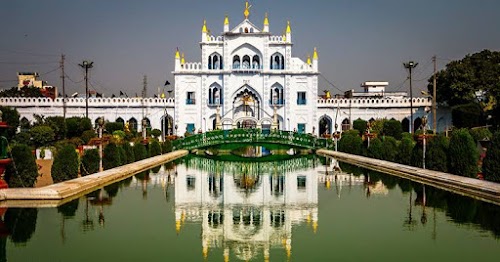Hisar, India
Hisar, a city in Haryana, India, offers a glimpse into the region's rich history and evolving modernity. Founded in the 14th century by Firuz Shah Tughlaq, it boasts historical monuments like the Gujari Mahal and Firoz Shah Palace Complex, reflecting Indo-Islamic architecture. The city is also an agricultural hub, contributing significantly to Haryana's economy. Visitors can explore its bustling markets, sample local cuisine, and experience the blend of traditional and contemporary lifestyles. Hisar provides a unique perspective on North Indian culture and is a worthwhile destination for those interested in history, agriculture, and authentic Indian experiences. The city is well-connected by road and rail, making it accessible for travelers.
Known for:
History:
Hisar's history dates back to the Tughlaq dynasty. Firuz Shah Tughlaq founded the city in 1354 AD and named it 'Hisar-e-Firoza,' meaning 'Fort of Firoz.' He built a fort, canals, and other infrastructure, making it a strategic center. The city later came under the rule of various empires, including the Mughals. During British rule, Hisar played a significant role in the Revolt of 1857. Post-independence, it has grown into a major agricultural and industrial center in Haryana. Historical landmarks like the Gujari Mahal and the remnants of the Firoz Shah Palace Complex stand as testaments to its rich past.
How to reach:
Hisar is well-connected by road and rail. The nearest airport is Chandigarh International Airport (IXC), approximately 250 km away, from where you can hire a taxi or take a bus. Hisar Junction railway station is a major railhead with frequent trains from Delhi, Jaipur, and other major cities. National Highway 9 and other state highways connect Hisar to various parts of Haryana and neighboring states. Regular bus services are available from Delhi, Chandigarh, and other nearby cities.
Places in Hisar, India
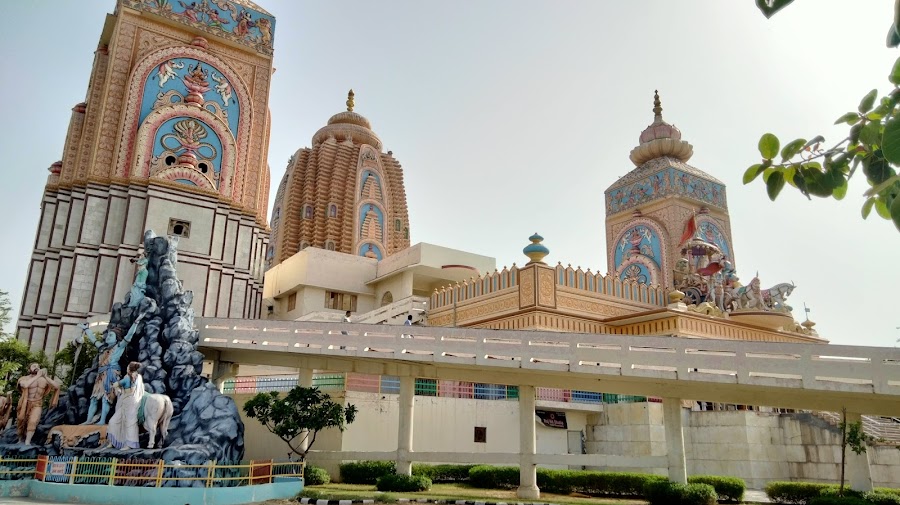
Agroha Dham
Hisar, India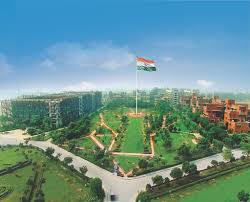
O.P. Jindal Knowledge Centre
Hisar, India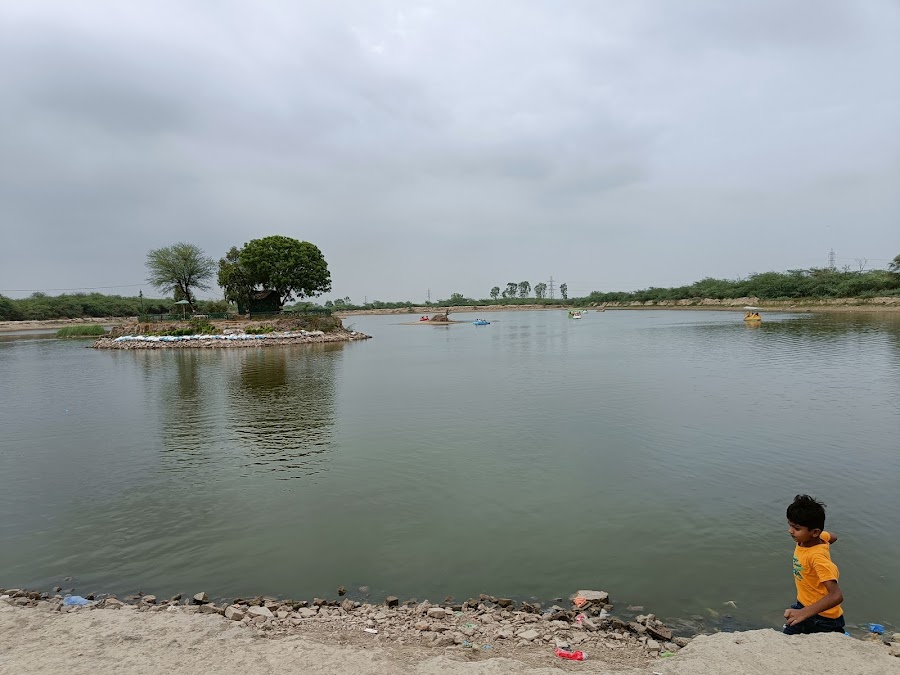
Blue Bird Lake
Hisar, India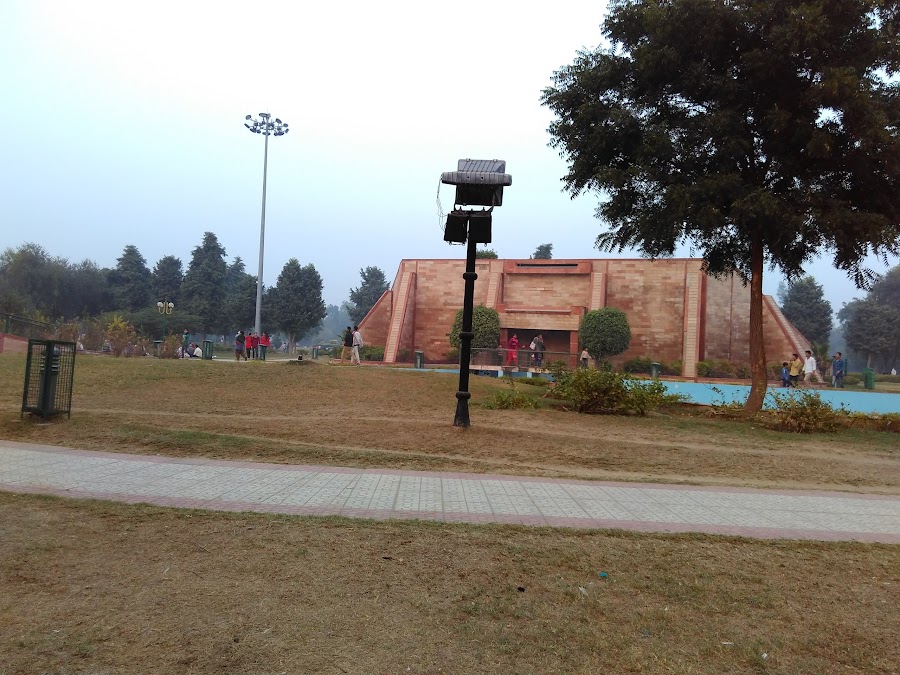
Town Park
Hisar, India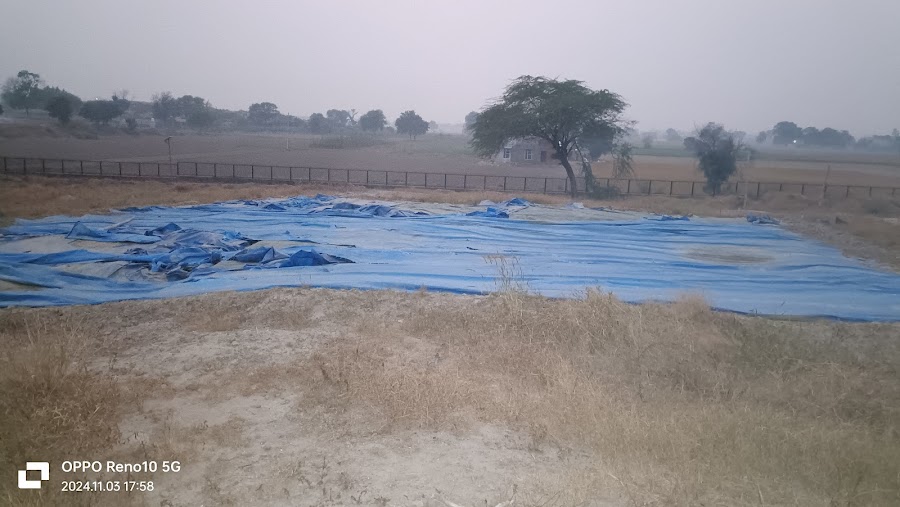
Rakhigarhi Archaeological Site
Hisar, India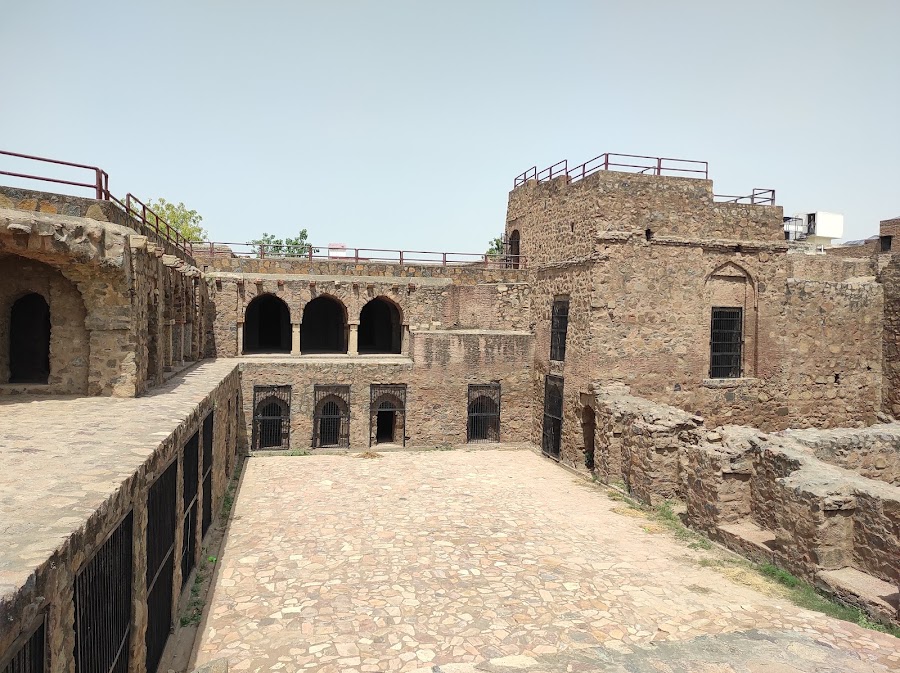
Firoz Shah Palace
Hisar, India
Deer Park
Hisar, India